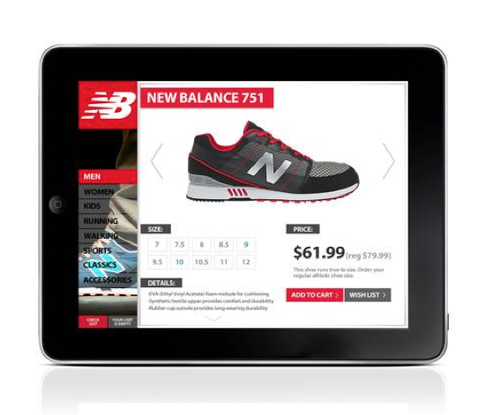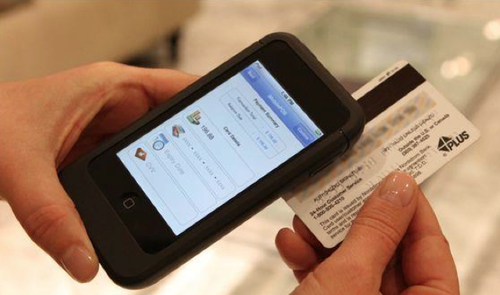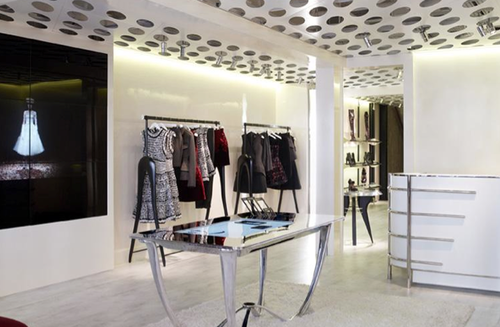By Devika Girish, Marketing Content Associate, MobStac
“Showrooming,” where shoppers walk into a physical store, try out a product on display and then purchase it at an online store, has become a retail-industry buzzword. One that typically spells gloom and doom for bricks-and-mortar retailers.
The 2013 Vibes mobile consumer report throws light on multiple showrooming behaviors that now have brick-and-mortar retailers adopting unique ways to entice the mobile audience in-store. The report shows that purchasing a product online after leaving a store has increased by 118% year-over-year. Additionally,
- 44% shoppers admit they take part in showrooming frequently.
- Number of shoppers who have purchased a product from a competitor using their mobile device in-store has increased by 156% from 2012 to 2013.
While enhancing your overall in-store shopping experience will help, here are a few specific tips from MobStac that will help you combat showrooming.
1. Price-Match Guarantees
Most big-box retailers now offer some form of price matching, whether it’s honoring the price from an online competitor or offering a price guarantee when a particular item goes on sale. One of the most well-known brands to offer price-match guarantees is Best Buy.
At a certain point, when in-store sales for the major electronics retailer was hugely affected by sites like Amazon.com, Best Buy flipped the script and announced their price match guarantee on all products. This guarantees that Best Buy will match the price of any product if it was sold at a lower price by any retail competitor.


2. Mobile Optimized Web Sites And Apps
One major strategy against showrooming is to get “m-shoppers” to use your mobile web site and apps as much as possible rather than trying to stop them from browsing online by not providing Wi-Fi in-store. In fact, 51% of mobile shoppers said they prefer using the corresponding retailer’s mobile app once in the store.
Having a mobile presence will also help you convert showrooming to an opportunity as it lets you promote in-store buying with mobile promotions, location-based text messages and scanning features.
Wal-Mart introduced Endless Aisle, a mobile app that encourages customers to use smartphones while in-store to scan product codes, place the order and schedule an in-store pickup. This feature in particular appeals to customers by letting them order online if the product they want is out of stock.
3. In-Store Pickup
Offering an in-store pickup can help lure consumers to walk into your store by appealing to their “want-it-now” mentality. This is where an omnichannel strategy will come in handy — by adding value to your brick and mortar outlets. Further, it even helps you improve your customer service and thus turn your stores into powerful assets that pure e-Commerce retailers just can’t match.
When online retailers find it hard to guarantee order shipments on time during holiday season, multichannel retailers can still offer in-store pickup right up to the last minute. We have already discussed about a few tips on getting your multi-screen strategy right by customizing content for devices and providing a consistent cross-screen experience in our blog.
4. Provide A Digital Shopping Experience
Consumers in today’s world are looking for the “wow” factor. They want to be entertained, helped, enlightened and blown away, all at once. In order to attract the evolving and mobile-bound consumer, your brick-and-mortar shop must embrace technology. Here are a few unique approaches made by brands to combat showrooming in their stores:

Image Courtesy : appdesignserved.co
- New Balance – The shoe company created a rich media dashboard for customers to interact with employees at every store. The dashboard allowed customers and employees to research shoes, learn about the intricacies of the product and materials, check availability, help with size questions and even place an order.

- Image Courtesy : npr.org
Nordstrom – The upscale fashion retailer gave employees mobile point-of-sale devices, so customers could checkout anywhere in the store. This translated to a boost in sales, as shoppers could try on a new jacket, for example, and purchase it without ever waiting in a line.

Image Courtesy : global.dstrict.com
- Alexander McQueen – This luxury fashion house transformed their in-store experience by introducing an interactive table screen where customers can interact with a digital look book to find inspiration, send their look to integrated wall screens, take photos of their new clothes directly on the mirror and effortlessly share via e-mail or social networks. This one-of-a-kind display is an exceptional example of creating a mobile experience for customers in-store.
As more consumers become smartphone owners, the showrooming trend will only grow. Your brick-and-mortar store needs to utilize technology and provide customers with an exceptional mobile experience in order to enhance overall growth and improve customer retention. Moreover, it will help you seamlessly integrate the physical and digital worlds — from products to price-matching to personalized offers — thus improving the shopping experience.
No comments:
Post a Comment